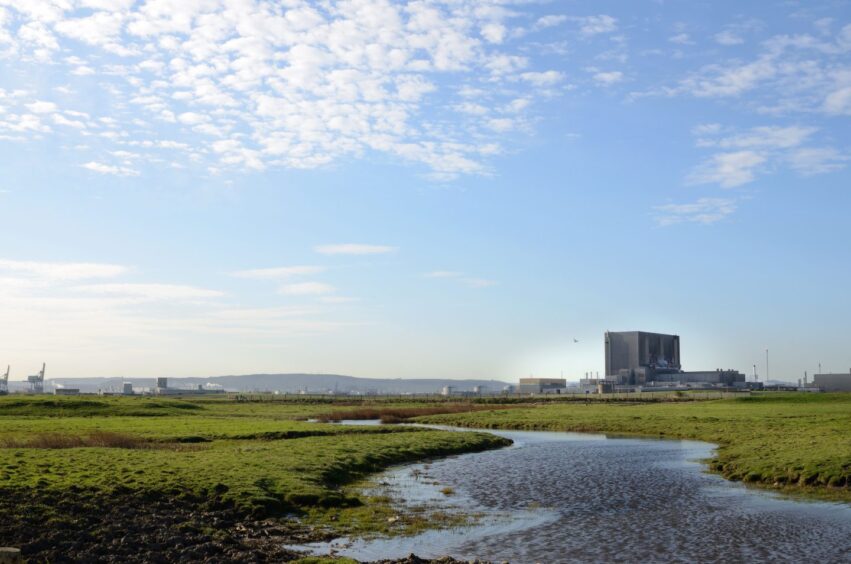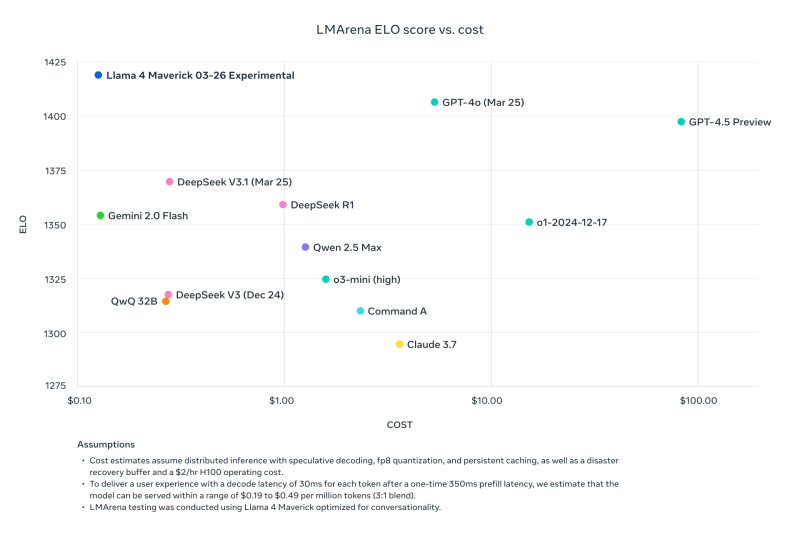
According to the Texas Independent Producers and Royalty Owners Association’s (TIPRO) analysis, direct Texas upstream employment for February totaled 205,400.
That’s what TIPRO said in a statement sent to Rigzone by the TIPRO team recently, which cited the latest Current Employment Statistics (CES) report from the U.S. Bureau of Labor Statistics (BLS).
In the statement, TIPRO highlighted that the February figure was “an increase of 1,900 industry positions from January employment numbers, subject to revisions”. The industry body noted that this represented an increase of 2,500 jobs in the services sector and decline of 600 jobs in oil and gas extraction.
TIPRO said in its statement that its new workforce data indicated strong job postings for the Texas oil and natural gas industry, adding that there were 10,172 active unique jobs postings for the Texas oil and natural gas industry in February, including 3,337 new postings.
Among the 19 specific industry sectors TIPRO uses to define the Texas oil and natural gas industry, Gasoline Stations with Convenience Stores led in the ranking for unique job listings in February with 2,541 postings, the organization highlighted in its statement. This sector was followed by Support Activities for Oil and Gas Operations, with 2,389 postings, and Petroleum Refineries, with 870 postings, TIPRO outlined.
The leading three cities by total unique oil and natural gas job postings were Houston, with 2,368, Midland, with 669, and Odessa, with 449, TIPRO pointed out in the statement. The top three companies ranked by unique job postings in February were Cefco, with 927, Love’s, with 680, and John Wood Group, with 308, according to TIPRO.
In its statement, TIPRO noted that, of the top ten companies listed by unique job postings in February, four companies were in the services sector, three were in the gasoline stations with convenience stores category, two were midstream companies, and one was an oil and gas operator. Top posted industry occupations for February included first-line supervisors of retail sales workers, with 549 postings, heavy and tractor-trailer truck drivers, with 419, and maintenance and repair workers, with 299, TIPRO revealed. The top posted job titles for February included assistant store managers, with 193 postings, customer service representatives, with 182, and maintenance people, with 123, TIPRO outlined.
The organization noted in its statement that 42 percent of unique job postings had no education requirement listed, 30 percent required a bachelor’s degree, and 28 percent required a high school diploma or GED. There were 1,753 advertised salary observations with a median salary of $62,300, TIPRO added, pointing out that the highest percentage of advertised salaries were in the $90,000 to $519,000 range.
“TIPRO appreciates the enormous contributions of the Texas oil and natural gas industry from an economic and energy security perspective,” TIPRO President Ed Longanecker said in the statement.
“We will continue to engage in energy policy discussions at the state and federal level to support increasing levels of energy demand here and abroad,” he added.
“This includes more than 200 legislative proposals currently being considered in the Texas House and Senate of relevance to our industry,” Longanecker went on to state.
“With the right policy in place, Texas will continue to lead by example,” he continued.
In another statement sent to Rigzone recently by the Texas Oil and Gas Association (TXOGA) team, TXOGA said new data from the Texas Workforce Commission (TWC) indicate that upstream oil and natural gas employment grew by 1,900 in February compared to January.
“This is growth on top of TWC’s just-released upward revisions for 2024,” TXOGA noted in its statement.
“February’s growth is on top of TWC’s upward revisions for 2024 and also follows the strong growth reported for January 2025,” it added.
In its statement, TXOGA said that, since the Covid-low point of September of 2020, the industry has added 48,400 Texas upstream jobs, averaging growth of 913 jobs per month.
During the same time, months with upstream oil and gas employment increases have outnumbered those with decrease by 38 to 14, TXOGA highlighted, adding that these jobs pay among the highest wages in Texas.
“Reaching an unprecedented production of over two billion barrels of oil in 2024 was only possible because of the tremendous capabilities of the men and women who work in the oil and natural gas sector of our economy,” TXOGA President Todd Staples said in the statement.
In its statement, TXOGA noted that the upstream sector involves oil and natural gas extraction and excludes other industry sectors such as refining, petrochemicals, fuels wholesaling, oilfield equipment manufacturing, pipelines, and gas utilities. It said the employment shown also includes Support Activities for Mining, which it pointed out is “mostly oil and gas related but also includes some small amount of other types of mining”.
In a statement posted on its site recently, the Texas Railroad Commission said the Texas oil and gas industry continued a hot streak in 2024 with production volumes surpassing records that were set in 2023.
In that statement, the RRC noted that it tallies production reports submitted by operators and outlined that the latest reports show that oil production came in at 2,003,844,281 barrels, and natural gas production hit 12.62 trillion cubic feet, last year. The RRC highlighted in the statement that this was the first time oil “surpassed the two billion threshold”.
TIPRO describes itself as a trade association representing the interests of nearly 3,000 independent oil and natural gas producers and royalty owners throughout Texas. TXOGA describes itself as the oldest and largest oil and gas trade association in Texas representing every facet of the industry. It was founded in 1919.
The Texas RRC notes on its site that it is the state agency with primary regulatory jurisdiction over the oil and natural gas industry, pipeline transporters, natural gas and hazardous liquid pipeline industry, natural gas utilities, the LP-gas industry, critical natural gas infrastructure, and coal and uranium surface mining operations.
To contact the author, email [email protected]





















